Results
-
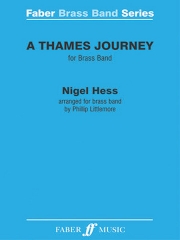 £49.99
£49.99A Thames Journey (Brass Band - Score and Parts)
Thames Journey is a 10-minute musical journey that follows the river Thames from its origins, as a few drops of water in Wiltshire, to the point where it meets the open sea at Greenwich. Along the way, Hess draws upon many musical links along the Thames, such as an old Wiltshire melody, morris dancing in Oxfordshire, boating songs from Berkshire and street songs in London. With such rich and diverse sources of music across several counties and centuries, this has quite understandably become one of Hess's most popular works to date. Suitable for Advanced Youth/3rd Section Bands and above. Duration: 10.00
Estimated dispatch 7-14 working days
-
£60.00
These Mist Covered Mountains - Peter Meechan
These Mist Covered Mountains was commissioned by Keith Johnson (KMJ Recordings) for soprano cornetist, Mandy Crowther, to whom the piece is dedicated.In an age where we seem to be inundated with endless news cycles of various wars that we as a nation are involved in, and also those that we are not, it seems that war is now a constant, and we are in a never ending state.This short piece is intended to represent the cyclic nature of war, and the way that war never seems to have a true conclusion.
Estimated dispatch 12-14 working days
-
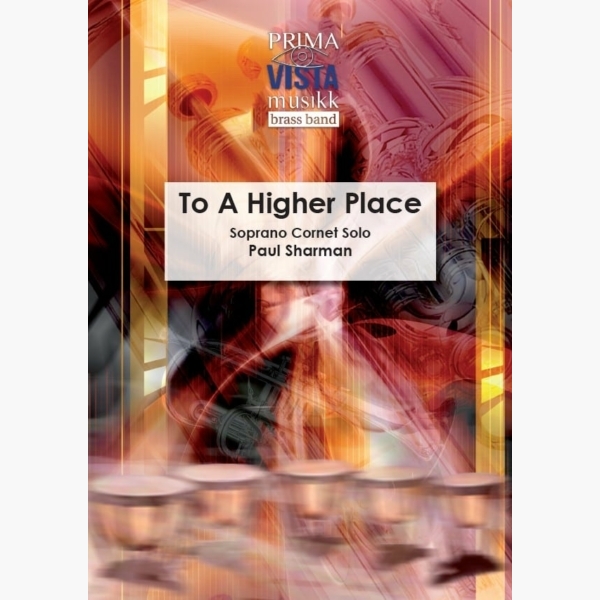 £24.95
£24.95To a Higher Place - Paul Sharman
This Soprano Cornet solo is a 'song without words'. There is no specific word association; the music alone attempts to create an atmosphere of calm and serenity and transport you to another place in the way only music can. The...
Estimated dispatch 5-7 working days
-
£70.00
WAY OF THE WARRIOR, THE - G.Churcher
Estimated dispatch 7-14 working days
-
 £76.00
£76.00The Pines Of The Appian Way - Ottorino Respighi - Darrol Barry
Estimated dispatch 5-14 working days
-
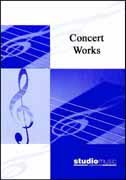 £42.95
£42.95SANTA'S LITTLE HELPERS (Trombone Trio/Brass Band) - Barry, Darrol
With a gentle 'jazz waltz' tempo, the trombone section lead the way with this jolly arrangement.
Estimated dispatch 7-14 working days
-
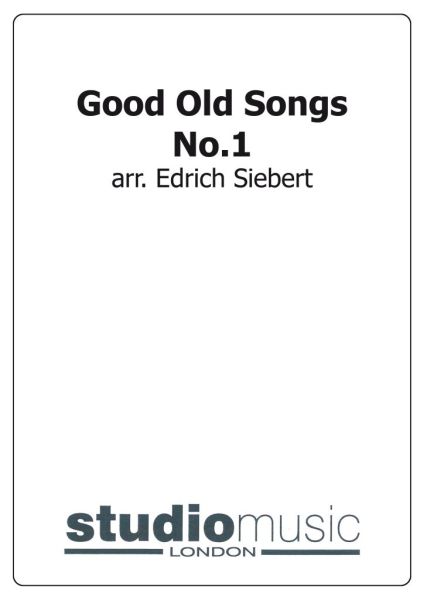 £39.95
£39.95Good Old Songs No.1
Includes: Come Landlord, Fill the Flowing Bowl; Don't Dilly-Dally on the Way; I'll Be Your Sweetheart; Following in Father's Footsteps; Bill Bailey Won't You Please Come Home.
Estimated dispatch 7-14 working days
-
£42.50
Way We Were, The (*) Hamlisch, M.
Estimated dispatch 7-14 working days
-
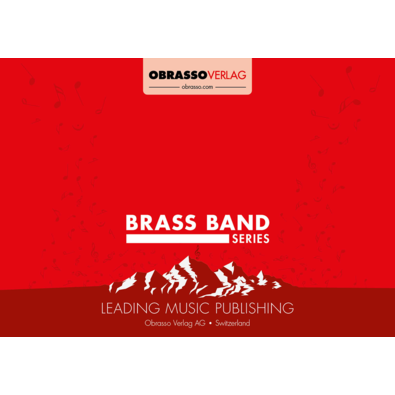 £42.70
£42.70 -
 £76.00
£76.00The Straight Way - Luc Rodenmacher
Estimated dispatch 5-14 working days
